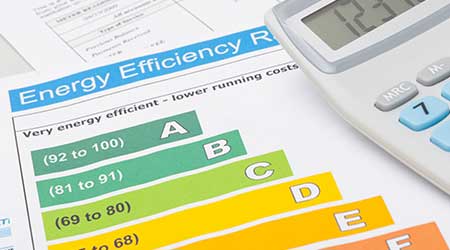Case Studies Illustrate Energy Bill Variables
These real-world examples show how facilities managers must understand all aspects of their electricity bill in order to reap real savings rewards.
A large hospital installed a single large gas turbine generator to make both on-site power and heat. It cut the facility’s peak demand by about 90 percent and produced lots of free heat. All was fine until the unit tripped off due to technical problems, causing a multi-day outage. The utility picked up the slack to keep the lights on, but then sent a bill that included:
• A large monthly peak demand charge.
• A hefty ratchet charge, based on that full peak, which showed up for the next 12 months.
• A minimum demand ratchet for 12 months based on half of the peak, even though the generator worked fine during that period.
Suffice it to say that the hospital’s energy manager had to do some fancy footwork to keep his job. Although more expensive, other facilities installing cogeneration have mitigated such risk by installing several smaller units that are highly unlikely to fail at the same time.
In another case, a lighting controls vendor estimated savings from automatically shutting off and/or dimming lights based on an average electric rate. Such a simplified calculation assumes that peak demand charges (built into that average) will drop in lockstep with a drop in lighting kWh consumption.
Occupancy sensors shut off lights when a space is unoccupied. Daylight dimming will instead dim electric lighting to the degree that natural light enters a space, whether or not occupied. At times of full occupancy, however, occupancy sensors may keep most (or all) lights on. If such times include the time that a building’s kW demand peaks, little or no peak demand reduction may occur, despite a significant reduction in lighting energy consumption. Daylight dimming also saves on consumption, but it takes only one dark rainy day in a month to cause all lights to come fully on. That could result in a full lighting electric load, and little or no demand savings.
In one case where peak demand charges were 50 percent of an electric bill, failure to routinely avoid it doubled the payback period (i.e., halved the ROI) claimed in the vendor’s proposal. Unless a proposed piece of equipment can be shown to reduce its demand all the time, it’s best to calculate such returns conservatively, assuming no (or minimal) demand savings. If they do indeed happen in some months, accept them as occasional bonuses.
Related Topics:














